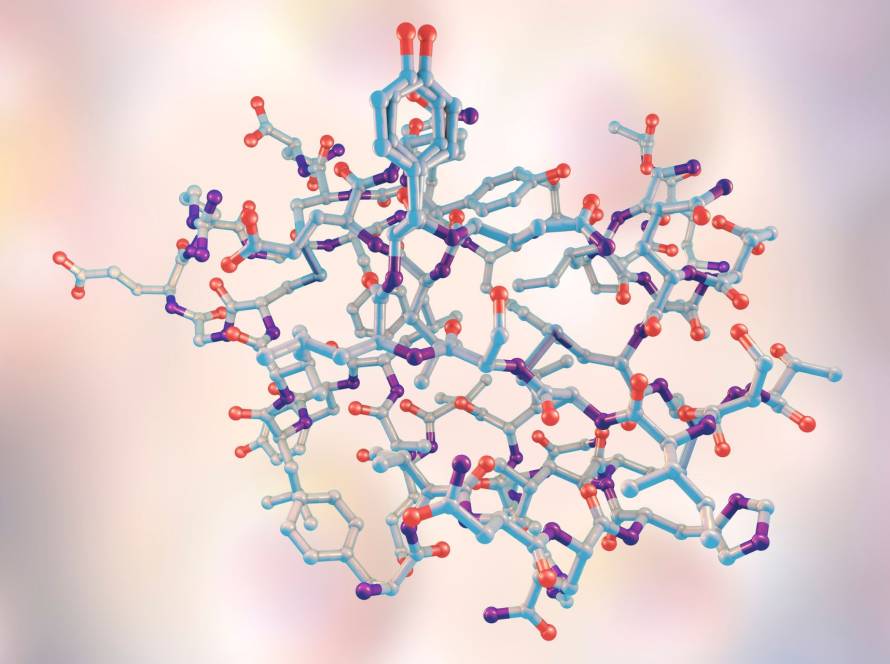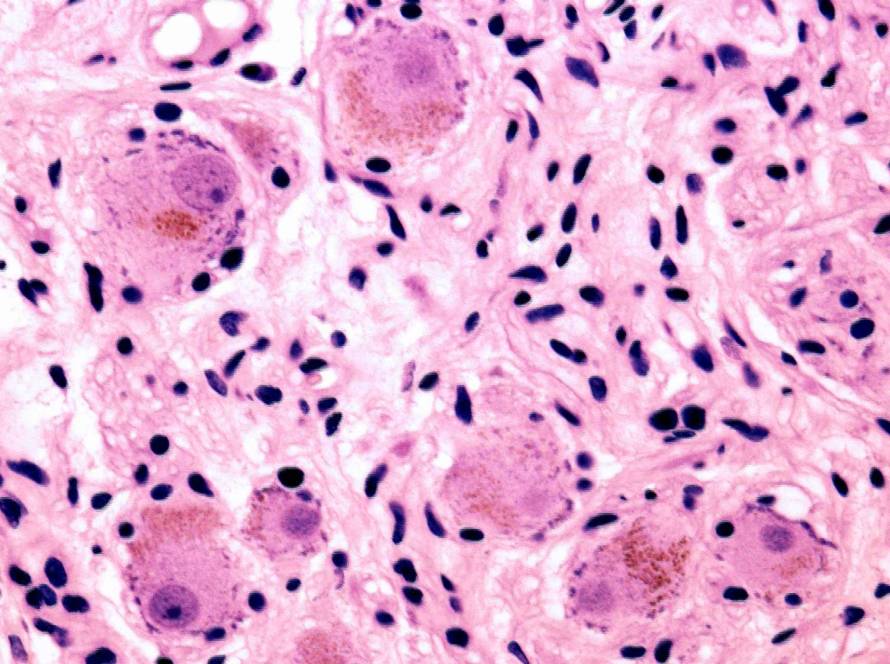Nicotinamide mononucleotide (NMN) has rapidly gained attention as a leading anti-aging compound. A naturally occurring derivative of vitamin B3, NMN serves as a direct precursor to NAD+ (nicotinamide adenine dinucleotide), a molecule essential for cellular energy production and DNA repair. Because NAD+ levels decline with age, scientists have been investigating whether boosting NMN can restore youth-like function to cells and potentially reverse aspects of aging.
In this article, we explore the scientific evidence behind NMN, the mechanisms by which it works and whether it lives up to the question “does NMN reverse aging?“. We also examine how NMN compares to other NAD+ precursors and provide practical guidance on how to use it effectively.
What is NMN and why does it matter?
NMN is a naturally occurring compound found in small amounts in foods such as edamame, broccoli and avocado. It is a key intermediate in the biosynthesis of NAD+, which plays a vital role in energy metabolism, circadian rhythms, DNA repair and cellular communication.
As we age, NAD+ levels can decline by over 50%, contributing to fatigue, cognitive decline, weakened immunity and other hallmarks of aging. NMN supplementation is thought to counteract this decline by replenishing intracellular NAD+, thereby reactivating youthful cellular processes.
Studies in mice have shown that NMN supplementation can restore NAD+ to youthful levels, improve mitochondrial function and increase physical endurance. In one pivotal study, aged mice given NMN for 12 months exhibited increased insulin sensitivity, enhanced eye function and improved skeletal muscle.
These preclinical results have laid the foundation for human trials and sparked interest in NMN as a therapeutic agent for aging-related conditions.
NMN and mitochondrial function
Mitochondria are often referred to as the powerhouses of the cell because they produce the energy needed for cellular activity. As we age, mitochondrial efficiency tends to decline, leading to reduced energy production, increased fatigue and greater oxidative stress. This decline is partly due to a drop in NAD+ levels, which are essential for mitochondrial enzymes involved in energy metabolism.
NMN supplementation has been shown to counteract these effects by restoring NAD+ levels in aged tissues, thereby improving mitochondrial function. In a study, NMN treatment in old mice enhanced mitochondrial respiration and increased physical activity levels. The improved energy output was linked to the activation of sirtuins, particularly SIRT1 and SIRT3, which play a critical role in regulating mitochondrial health and biogenesis.
Furthermore, NMN has been shown to improve mitochondrial dynamics by supporting the balance between mitochondrial fission and fusion. This helps maintain mitochondrial integrity and prevents the accumulation of dysfunctional mitochondria, which is a hallmark of aging and age-related diseases.
NMN and DNA repair
Another critical role of NAD+ is its involvement in DNA repair mechanisms, particularly through its function as a substrate for PARPs (poly ADP-ribose polymerases). These enzymes detect DNA damage and initiate the repair process, which is vital for maintaining genomic stability. With aging, DNA damage accumulates due to environmental factors, oxidative stress and a natural decline in repair efficiency.
As NAD+ levels decline with age, PARP activity decreases, leading to impaired DNA repair. NMN supplementation restores NAD+ levels, thereby revitalizing PARP activity and enhancing the repair of DNA lesions. This mechanism is especially important in protecting against age-related diseases, including cancer and neurodegenerative disorders.
A study demonstrated that boosting NAD+ levels with precursors like NMN improved DNA repair and genomic stability in aging mice. The animals exhibited fewer DNA breaks and showed markers of rejuvenated tissue function, particularly in the liver and muscle.
Moreover, NMN’s ability to activate SIRT1 and SIRT6, two sirtuins involved in DNA maintenance, further supports its protective role. SIRT6, in particular, promotes chromosomal stability and prevents telomere attrition, both of which are fundamental to longevity and healthy aging.
NMN and vascular health
Aging significantly affects the vascular system, leading to stiff arteries, reduced endothelial function and increased risk of cardiovascular disease. These changes contribute to reduced oxygen delivery to tissues, fatigue and impaired cognitive and physical performance. Research suggests that NMN may support vascular health by restoring NAD+ levels and enhancing endothelial function.
In a landmark study showed that NMN administration improved vascular elasticity and endothelial function in aging mice. The improvements were linked to the activation of SIRT1 and the increase in nitric oxide availability, a molecule essential for blood vessel dilation and circulation.
Further studies have shown that NMN may help reduce inflammation and oxidative stress in blood vessels, both of which are contributors to atherosclerosis and other vascular diseases. By preserving the health of the endothelium, NMN may also support blood flow to key organs, including the brain and muscles.
These findings suggest that NMN may play a crucial role in preventing age-related cardiovascular decline, making it an important consideration for maintaining vitality and function into older age.
Does NMN actually reverse aging?
The question at the heart of this discussion “can NMN reverse aging?” depends on how we define “reverse.” If aging is understood as a progressive decline in cellular and metabolic function, then many of NMN’s benefits appear to push back against that trend. However, reversing aging at the organismal level remains a complex and debated concept.
NMN has demonstrated effects that resemble age reversal. For example, studies have shown that old mice treated with NMN regained muscle strength, physical endurance and metabolic function comparable to younger counterparts. Improvements in vision, insulin sensitivity and mitochondrial activity also mimic a rejuvenated physiological profile.
Some scientists argue that NMN doesn’t “reverse” aging in a strict sense, but rather slows down or stabilizes certain degenerative processes. It may help maintain function and resilience as we age, which in itself is a substantial benefit.
In summary, NMN may not be a magic bullet that rewinds time, but the evidence suggests it can restore youthful function at the cellular level, delay the onset of age-related decline and promote healthy aging, key outcomes that many would consider a form of age reversal.


